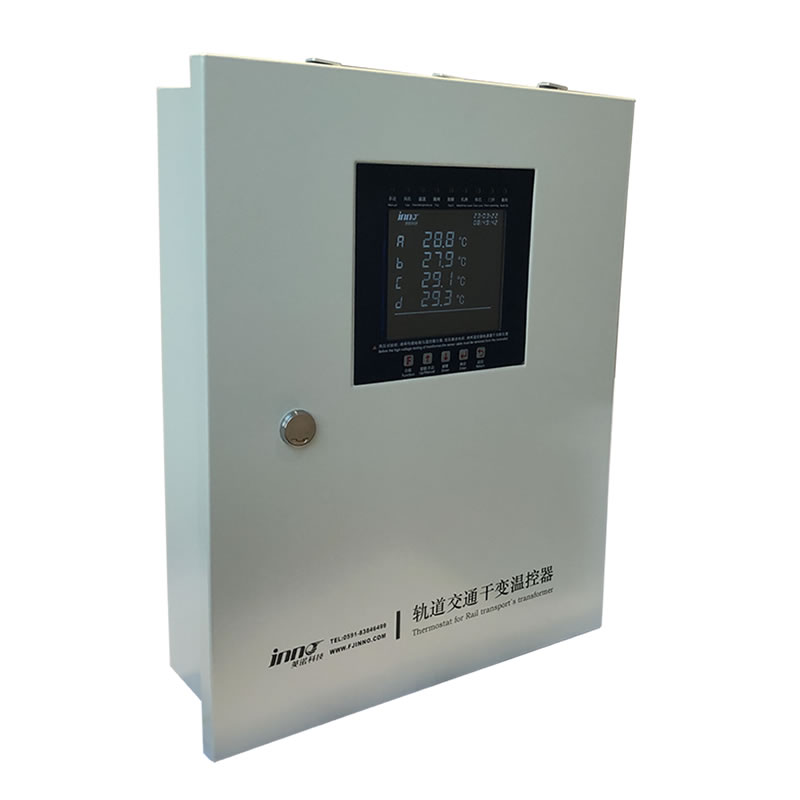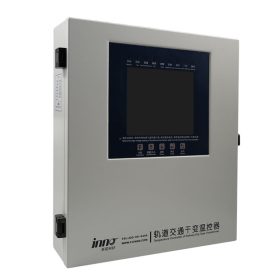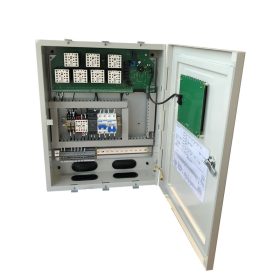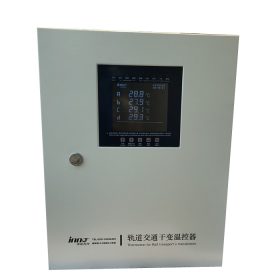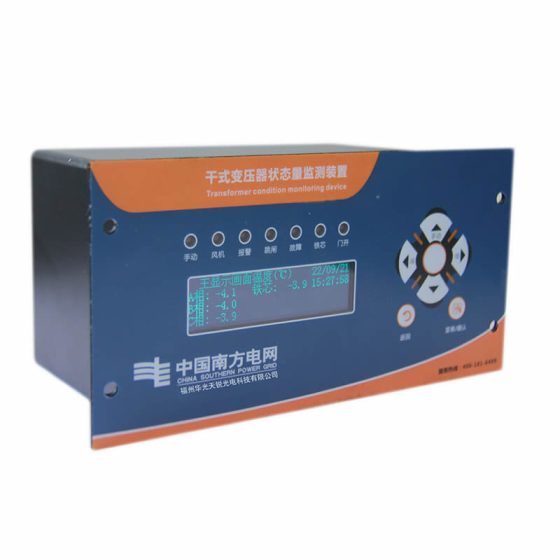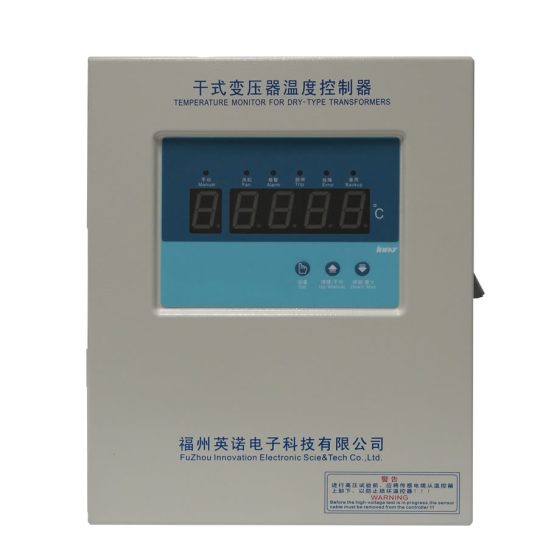The dry temperature controller for rail transit is a type of temperature controller specially designed for special fields such as subways, locomotives, aviation, mo e alā meʻa pe; The characteristics of this temperature controller are strong anti-interference ability, large output contact capacity, complete functions, LCD interface with illustrations, simple setting, and easy operation; Has reliable EMC and EMI performance. Our rail transit temperature sensors can be customized, using conventional PT100 temperature measurement or internationally leading fluorescent fiber optic temperature measurement; Fluorescent fiber optic temperature measurement completely cuts off the interference of temperature measurement components transmitted to the temperature controller from the temperature measurement source.
1. The protection level is IP54.
2. The contact output capacity is large.
3. Ko e meʻa fakapaʻanga ʻo e ʻea uses an ARM architecture CPU with strong data processing capabilities and stable system performance.
4. Large screen LCD screen, digital and Chinese display, button operation, LED signal indication display.
The circuit board design concept of the temperature controller is modular design, with strong and weak electrical separation to avoid spatial crosstalk.
6. The temperature controller contains a clock chip, an external FLASH, customizable large capacity, and historical data storage with time markers.
7. Carrying communication function, the communication protocol is an internationally open standard protocol Modbus RTU or Profibus DP
| basic function | 1. Provide temperature measurement for three windings and one iron core; Automatic/manual start stop cooling fan function; Digital compensation function for display values of each channel; LCD display, LED display light, with operation keyboard; Provide clock function; |
| 2. Provide a black box function that can record the temperature data of the last power outage and the highest historical temperature: | |
| 3. Provide transformer door cabinet point opening alarm function; | |
| 4. Provide 1 pair of over temperature alarm contacts (normally open); | |
| 5. Provide 3 pairs of over temperature trip contacts (normally open): | |
| 6. Provide 2 pairs of iron core trip contacts (normally open) (I function); | |
| 7. Provide 1 pair of temperature controller power-off alarm contacts (normally closed); | |
| 8. Provide 1 pair of temperature controller fault alarm contacts (normally open): | |
| 9. Provide 1 pair of spare contacts (normally open); | |
| 10. Provide RS485 communication function, communication with time markers, capable of receiving time synchronization, or MODBUS-RTU protocol (F function): | |
| Additional features (customizable) | 1. Provide 4 independent 4-20mA analog current output functions; (E function) |
| 2. PTC nonlinear resistance sensing temperature measurement protection function; (C function) | |
| 3. The communication protocol can use methods such as Profibus, IEC60870-5-103, Ethernet communication, mo e alā meʻa pe; |
Standard of Execution:
| Ngaahi tuʻunga ʻo e fakatahatahaʻi | JB/T7631-2005″Electronic temperature controller for Transformers”Industry standards |
| Ohi ʻo e ngaahi tuʻunga moʻui accreditation: | ISO9001:2008Tohi fakamoʻoni ʻo e polokalama tokangaʻi lelei fakavahaʻapuleʻanga |
| Lavaʻi e tuʻunga ʻo e sivi: | IEC61000-4:1995 Tuʻunga fakavahaʻapuleʻanga |
| GB/T17626-2008″Electromagnetic compatibility test and measurement techniques”standard |
 ʻIkai ha kalava optic e mafana ʻo e ʻea ,founga vakaiʻi ʻo e māfana ʻo e ʻeá.
ʻIkai ha kalava optic e mafana ʻo e ʻea ,founga vakaiʻi ʻo e māfana ʻo e ʻeá.
